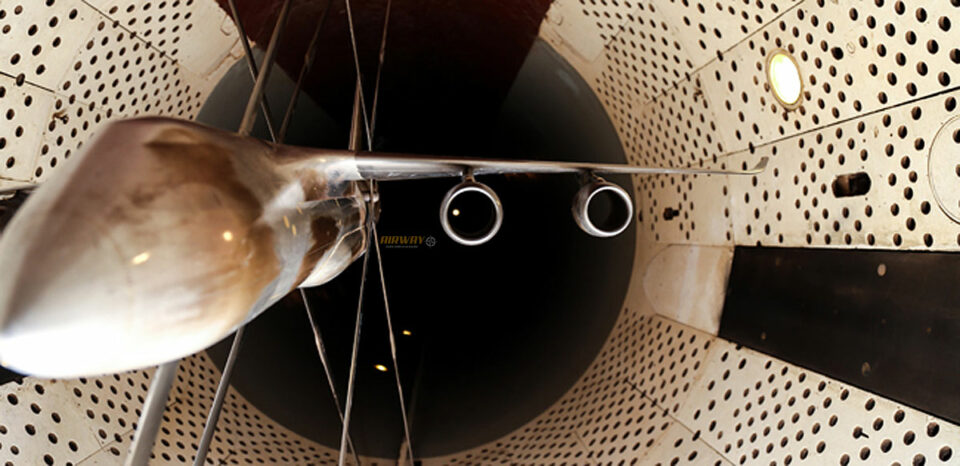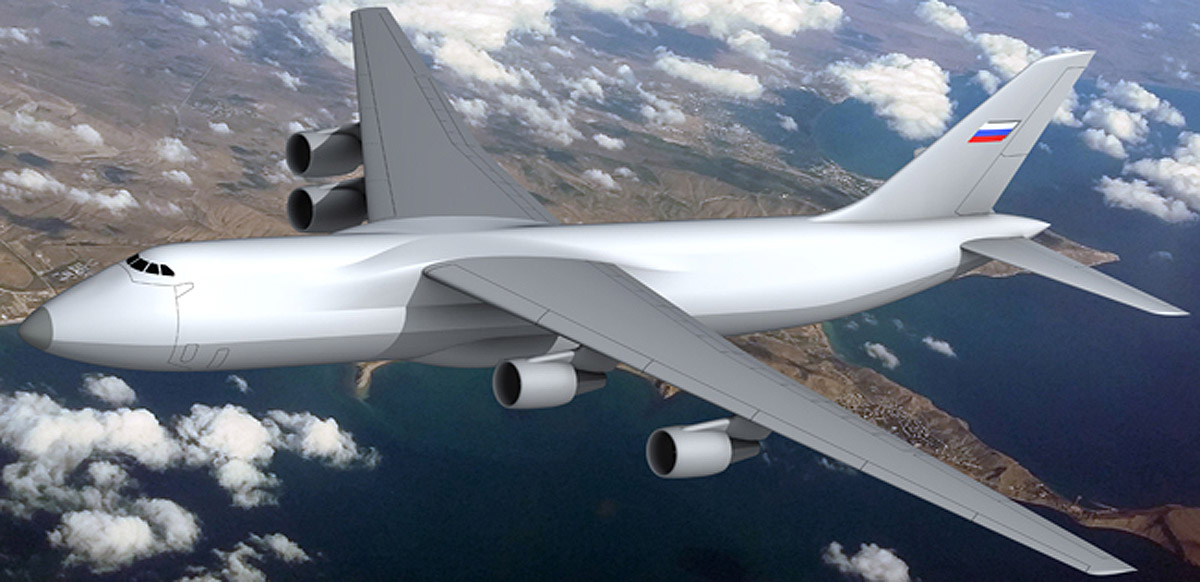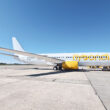Russian project that may result in one of the largest aircraft in the world, the freighter “Slon” (Elephant) may seek some inspiration in the design of the Boeing 777X, which has folding wingtips.
The solution, which improves the aerodynamic efficiency of the aircraft in flight and reduces its wingspan on the ground, was suggested to be applied to the proposed Russian supercargo to replace the old four-engined Ukrainian Antonov An-124 in service in Russia.
The aircraft is being studied by the Moscow Central Aerohydrodynamic Institute (TsAGI), Russia’s traditional aeronautical research centre.
Alexander Krutov, integrated technology researcher at TsAGI, however said that “it is too early to make an unambiguous choice between the final options” on the introduction of foldable wingtips.

Krutov, on the other hand, acknowledged that the mechanism in the wings “will make the aircraft heavier, more difficult to build and more expensive to manufacture”, but that its introduction “will have a positive effect on its aerodynamics in general”.
In addition, the Russian researcher said that “the wingspan reduction will allow the aircraft to be based at a larger number of airports”.
Antonov’s dependency
Started in 2017, the Slon project is one of the greatest ambitions of the Russian aeronautical industry, which currently does not have large aircraft, a task that was up to Antonov, based in Ukraine.
With the clashes between the two former allies throughout this decade and the Russian military invasion in February, the relationship between the nations was severed, harming the operation of the An-124.

Without relying on Antonov’s expertise, Russia decided to design its own large freighter, although the aircraft’s design bears clear similarities to the An-124. However, the Slon, at least on paper, is far more advanced than the old Antonov.
For now, TsAGI announced that it intends to equip the aircraft with the new PD-35 turbofans, more powerful and economical than the D-18 engines used in the Antonov, and parts of the fuselage will be built in composite materials to reduce its weight.
The plan is for the Slon to be able to transport up to 180 tons, 30 tons more than the An-124, for 5,000 km – or 7,000 km with 150 tons of cargo.
Despite the speculation surrounding the project, there is still no forecast for the entry into service of the Slon.






